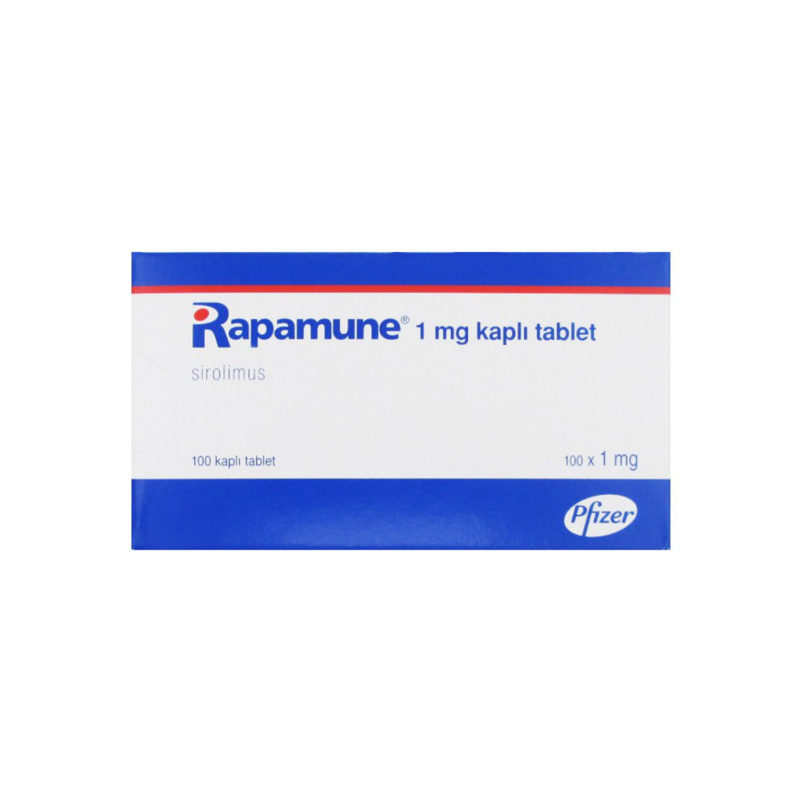Rapamycin Explained
 Are you curious about Rapamycin, the multi-faceted drug that’s making waves in the medical community? With its ability to slow down the aging process, boost cardiovascular health, and ward off age-related diseases – it’s no wonder people are curious about this anti-fungal antibiotic.
Are you curious about Rapamycin, the multi-faceted drug that’s making waves in the medical community? With its ability to slow down the aging process, boost cardiovascular health, and ward off age-related diseases – it’s no wonder people are curious about this anti-fungal antibiotic.
This guide to rapamycin will provide an overview of the drug’s history and how it can benefit our health.
What Is Rapamycin?
Rapamycin, also known as sirolimus, is an anti-fungal antibiotic that works as an immunosuppressant in the body. It was initially developed to help prevent organ rejection in transplant patients, but it has been found to have many other health benefits.
Nowadays, rapamycin is most commonly used as an anti-aging and age-related disease treatment, with studies suggesting that rapamycin may help slow down the effects of aging and assist in cell growth [1].
Research has also shown that rapamycin can be beneficial for treating conditions such as cancer, arthritis, diabetes, heart disease, Alzheimer’s, and Parkinson’s Disease[2].
A Brief History of this Anti-Fungal Antibiotic
The history of rapamycin began in 1964 during the Canadian-led Medical Expedition to Easter Island (METEI). Led by Dr. Stanley Skoryna and Georges Nogrady, the expedition aimed to research and study the population and biosphere of the island.
During their mission, Nogrady collected soil samples, which were brought back to Canada and examined by microbiologist Suren Neth Segal at the Ayerst Laboratory in Montreal.
Segal isolated a soil bacteria, later referred to as Streptomyces hydroscopicus, which was found to contain the active ingredient rapamycin. It’s thought this anti-fungal compound was the reason why the Easter Island natives rarely contracted tetanus – even though they walked everywhere barefoot [3].
After much research, the FDA eventually approved rapamycin as an immunosuppressant in 1999. Since then, rapamycin has become widely used across the medical and scientific fields due to its versatility and wide range of health benefits.
How Does Rapamycin Benefit the Body?
At the most basic level, rapamycin helps to inhibit the mammalian target of rapamycin (mTOR), a signaling pathway that controls cell growth and metabolism. By blocking this pathway, rapamycin can slow down the aging process and aid in treating various age-related diseases [4].
Rapamycin also helps suppress the immune response, making it an effective drug for preventing organ rejection in transplant patients. Kidney transplant recipients, for instance, often take rapamycin to help prevent their bodies from rejecting the donor organ.
In addition to its immunosuppressant qualities, rapamycin has been found to improve cardiovascular health – reducing inflammation and oxidative stress in the body [5].
Conclusion
Rapamycin is a natural anti-fungal antibiotic with many health benefits, including preventing organ rejection, slowing down the effects of aging, and treating age-related diseases. It does this by blocking the mTOR signaling pathway, which is responsible for cell growth and metabolism.
Before taking advantage of rapamycin’s many health benefits, you should always seek medical advice if you or a loved one have any health concerns. For more information, check out the rapamycin section on our website to learn more.
[2] Rapamycin: one drug, many effects – PMC (nih.gov)
[4] Effect of rapamycin on aging and age-related diseases-past and future – PubMed (nih.gov)
[5] Late-life rapamycin treatment reverses age-related heart dysfunction – PMC (nih.gov)

